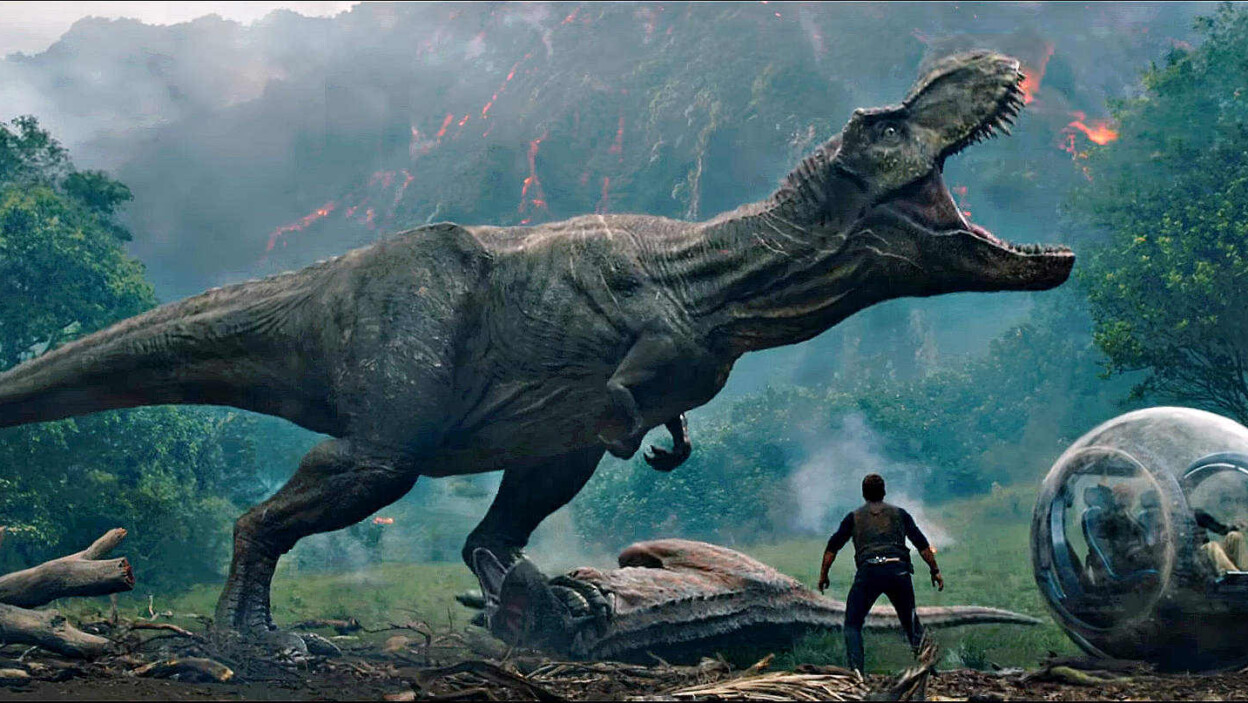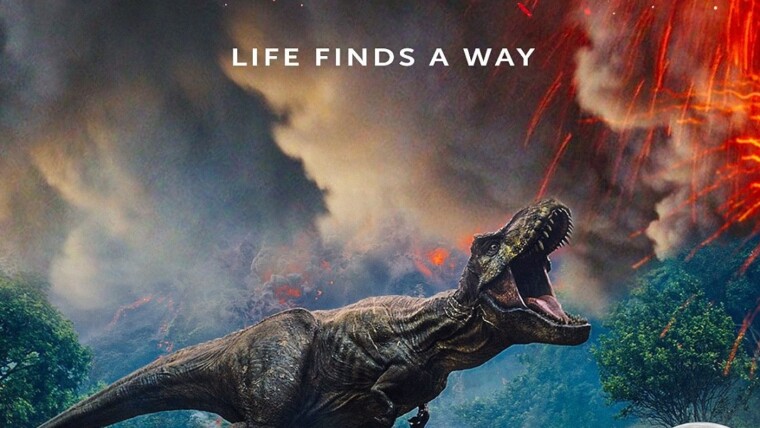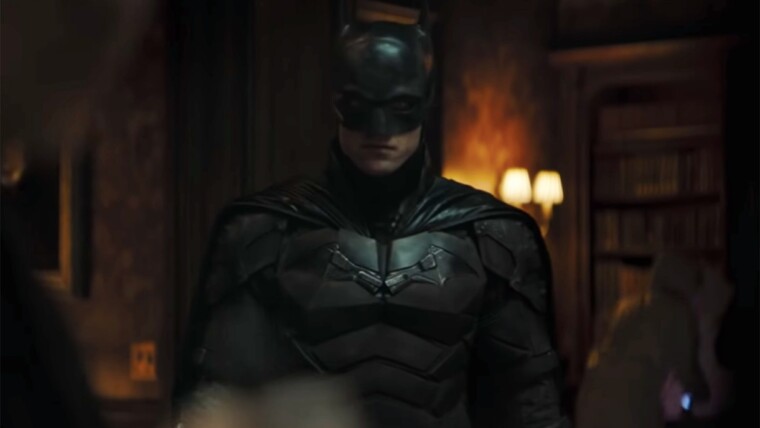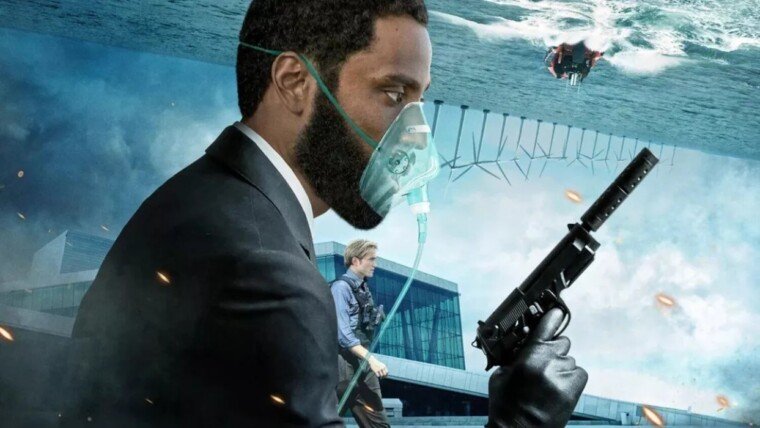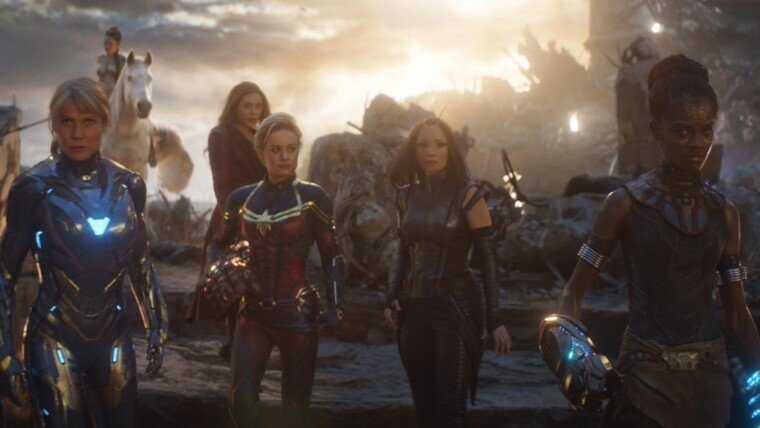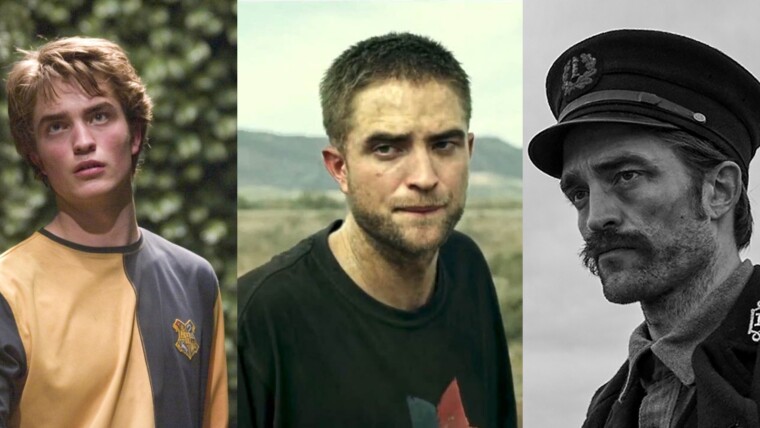18 years, imagine that. By that time, a T-Rex would have blossomed into beautiful adulthood, terrorizing Deinonychuses across the planes of a primaeval earth. That’s how long it’s been since the world first heard the terrifying raspy croaks of raptors, laid eyes on the majesty of the heaven-piercing Brachiosaurus and collectively soiled ourselves at the rumble of a Tyrannosaurus. As a child, there was always a sort of innate fascination with dinosaurs. They have forgotten monsters that seem as far away from us as outer space aliens or visiting the library on weekends.
We read about them in books, watched the awkwardly animated imitations of life in exhibits and adored them in Land Before Time but we never truly had a full breathing picture of what they were. So when my parents, mostly my dad. finally thought I was old enough to finally watch Jurassic Park in 2004, I was blown away. That was as close as I’ll ever get to having living, breathing dinosaur in my living room. It was lightning in a bottle, or rather impossibly preserved DNA in amber!
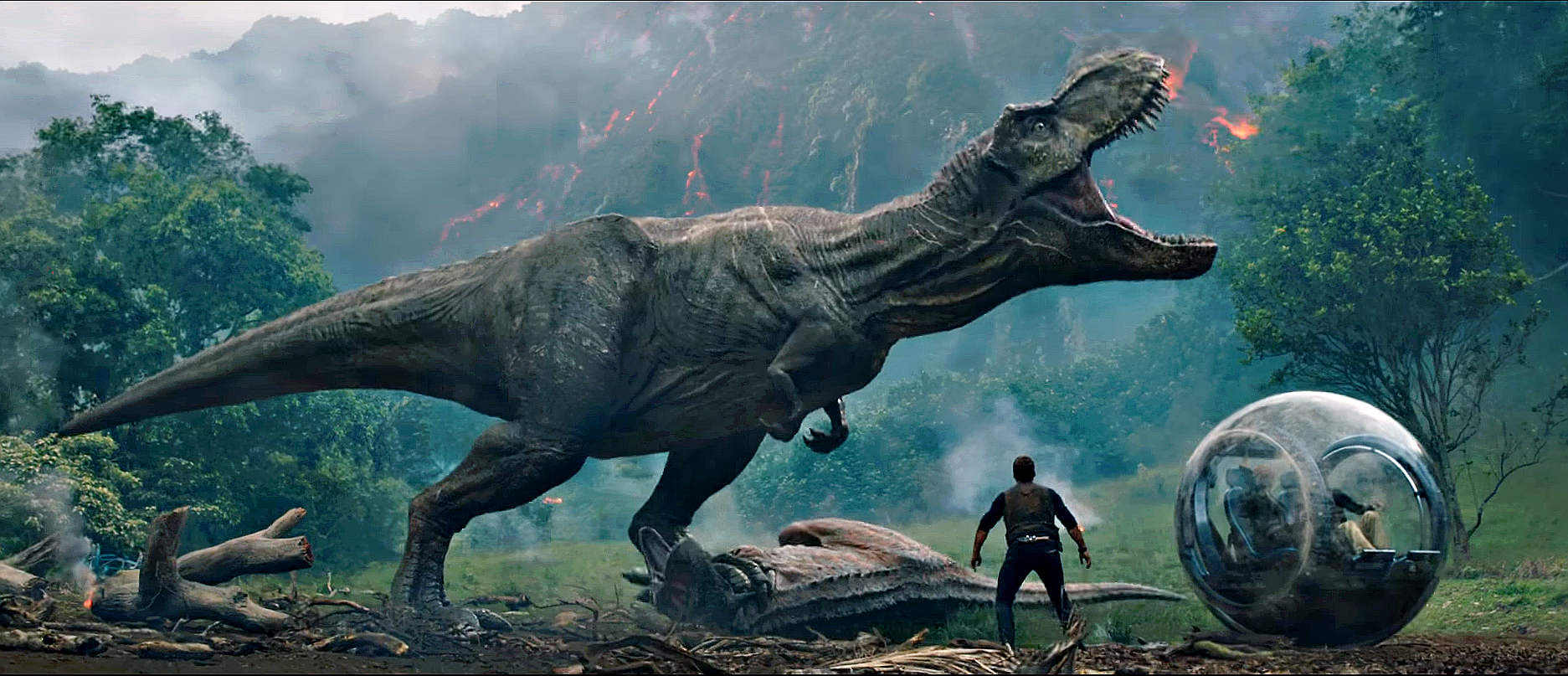
With Jurassic World: Fallen Kingdom around the corner, we thought we’d take a deeper look into the history of the original and the franchise that spawned from it. If you’ve never lived during the times of Spielberg in his prime or simply glossed over the film, you, my friend are missing your inheritance! Not only is Jurassic Park a technical marvel, it is a tale with a lesson that we now more than ever must not forget. So without a time machine or further ado, we’re uncovering what makes the original so great while also examining its rocky history after. The park is now open!
Predator In Its Prime.
Much like the manufactured miracles in the film, the circumstances and elements that surrounded the film seemed all too perfect. You had a solid intellectual premise and a relatively popular piece of literature to adapt from thanks to Michael Crichton’s laudable writing. An industry titan whose had experience working with animatronics in films Jaws and have shown a strong propensity to take risks, Spielberg. Throw in a master composer known for his iconic scores, Sir John Williams and you have reason to be excited. You had the bones of a great movie right here!

But it wasn’t just the symmetry or the star power that were behind the reason for the quality of the film. It was the narrative itself. Crichton wasn’t looking to make a simple, monster movie with every boy’s favourite household lizard. He wanted to regale us with a sort of modern retelling of the myth of Pandora’s Box. A cautionary tale and yet also an acknowledgement of man’s ability to unlock the beauty and wonders of nature. And that theme of wonder and respect for nature resonates throughout the entire film, from the characters to the cinematography to the loving dedication given to bringing the creatures to life. This moral parable also shows the consequences of human greed and pride when we refuse to admit our lack of control in the face of true, primal power.
In fact, there’s a scene where a money hungry opportunist Dennis Nedry tries to steal some of the dinosaur embryos to earn himself a fortune. Cruel fate so happened to have him be devoured by a Dilophosaurus after insulting the creature’s intelligence and disabling the park’s security features. A not so subtle example that Crichton uses to illustrate the price of trying to play God. After all these years, I can still relate to the story because it felt grand and yet personal. Even when I was way too young to enjoy all the themes and nuances of the film, I still understood the terror, the danger and the excitement of bringing dinosaurs to live! I felt like I could empathize with the plot and characters.

Speaking of which, the film is bolstered by some fascinating and thoughtful characters backed up by fantastic performances. Jeff Goldblum as the slick, cool, cynical Malcolm is by far my favourite one in this film. A line I particularly commit to remembrance is when he soberly tells the creator of the park, John Hammond that “Your scientists were so preoccupied with whether or not they could, they didn’t stop to think if they should”. Something that modern film executives should consider as well! He takes great grievance with Hammond’s petty and irreverent views on the use of dinosaurs as theme park attractions. And we the audience are right behind him. Sam Neill’s rough and rugged palaeontologist Alan Grant was also a great addition to the film.
An unconventional male hero who is not only capable and brave but also a thorough thinker. Though they eventually do a lot more running that monologuing about the dangers of genetic engineering, the scenes in which the Neill and Goldblum inhabit really does give a film a compelling human element. At the risk of sounding politically correct (PC), I think refreshing to see morally strong, intelligent and yet sensitive male heroes. It’s certainly a welcome departure from the toxic masculinity that we commonly see in male protagonists in monster films. Though they disapprove of Hammond’s meddling, they see the worth of the creatures as modern miracles and not merely as threats.
 You might at this point be going “Yes, yes such poignant story telling and six-dimensional characters….but what about the dinosaurs?!” Ah yes, the main attraction of the film and the park, the awe-inspiring onscreen presence of the dinosaurs. If the strong direction is the the bones, the writing and performances the soul, then the muscle and heart of the film surely are the effects that go behind the behemoths themselves. The amount of time went into rendering them to life was insane. It took a couple to four hours just to render a full dinosaur and the ones that were in scenes with rain could take up to 6 hours just to get them exactly true to the real counterparts.
You might at this point be going “Yes, yes such poignant story telling and six-dimensional characters….but what about the dinosaurs?!” Ah yes, the main attraction of the film and the park, the awe-inspiring onscreen presence of the dinosaurs. If the strong direction is the the bones, the writing and performances the soul, then the muscle and heart of the film surely are the effects that go behind the behemoths themselves. The amount of time went into rendering them to life was insane. It took a couple to four hours just to render a full dinosaur and the ones that were in scenes with rain could take up to 6 hours just to get them exactly true to the real counterparts.
Instead of going fully relying on computer generated effects, Spielberg understood that they needed to have presence on screen so he opted to use stunt actors, stop motion and animatronics to really refine those primal idiosyncrasies. The story behind the sound effects of the dinosaurs are just as interesting as the aesthetics. Did you know that the sound of the legendary T-Rex’s roar is actually derived from sound designer Gary Rydstrom’s Jack Russell Terrier? He had slowed it down to the point where the dog’s barks and growls began to be amplified to audacious degrees. The sound of the Velociraptors were derived from horses, hissing geese and fornicating tortoises! That’s the magic of film production for you I suppose. The effects truly are a monument to human ingenuity, holding up amazingly 11 years after its release when I first watched it and 14 years after!
The film has made over a billion dollars and has garnered critical acclaim. Rydstrom and the visual effects department even bagged three Academy Awards for best sound editing, mixing and visual effects. And for the longest time, Jurassic Park was the benchmark for what big-budget monster films strived to be. Spielberg would win the respect of his contemporaries the like of Kubrick and Lucas, while also inspiring future visionaries such as Peter Jackson to pursue major projects of their own. Jurassic Park for a lot us wasn’t just a miraculous money making fluke or an awesome blockbuster, it was a testament to the power of the cinematic medium. With the right vision and a big enough budget, our wildest dreams could come to life. It was a dream on screen! The rest not so much…
In The Shadow Of The Beast.

With Jurassic Park breaking the box office and garnering a strong fanbase, was anyone truly surprise when Universal Pictures released a sequel four years after the film? The Lost World: Jurassic Park saw less involvement from creator Michael Crichton in the follow up project. Though the film still saw fit to adapt his literary sequel to the original text. This time following the misadventures of Goldblum’s Ian Malcolm trying to save what little family he has left and the world from (you guessed it) evil corporate meddling. Lost World feels more like a redundancy than a necessity. The first film had done an excellent job in expressing its sentiments about the evils of capitalist greed and the exploitation of nature.
Ironically, the very presence of this film is a product of the very thing it condemns. Admittedly, I certainly had some fun with this film but honestly there’s very little reason to stay on beyond that. Unless like me you really liked Malcolm. The inclusion of big-game hunting and a scummier cabal of executive cronies does little to add to the message of the previous film. Arguably it does expand on the characters of the previous film but let’s be honest here, nobody asked for it. This sequel isn’t a terrible one and I might even dare say is worth a watch if you’re in the mood for a marathon. Just as a sequel to the story of “The Tortoise and The Hare” seems indulgent, Lost World did very little to justify its existence. So looking back now, I can see why my parents were reluctant to buy me a copy of Lost World. They weren’t cheap, they were just trying to spare me from a mediocrity. If the second film it this franchise was wearing thin on people, the third one would nearly extinguish all goodwill the public had formed for the growing franchise.

Though the Lost World did not quite have the sharp writing of Crichton, it still had a guiding hand at the wheel, namely Spielberg. Jurassic Park 3 would see Crichton, Spielberg and even Williams forsake the franchise, leaving it to intellectual property to the cold machinations of Universal Pictures. I just have one question: What the hell happened here? Clearly learning nothing from Lost World, the studio brought back Neill’s Alan Grant, who gets tricked into finding a saving a divorced couple’s lost son who so happened to have landed Isla Sorna, the dinosaur-infested island of the previous film. This is just shameful, none of the grace, charm or discourse of the original made it in this film. Rather, the film relies on “cool looking dinos” and plays out as the very thing Jurassic Park avoided becoming, a typical monster movie.
No one wants to be here, and I’m not just talking about Grant and crew. Watching the film again felt like a chore punctuated with the occasional effective horror element and unintentional comedic moments. There is a scene where Grant dreams of a talking raptor! Tell me that isn’t ridiculous in the least bit. Overall, the whole affair was so middling. The film had made back its budget and more but it had lost the respect of the public and critics. It seemed for a time that whatever creativity or effort that kept the franchise going was at risk of extinction.
Life Found A Way.

Nearly a decade and a half later, Universal Pictures saw fit to inject life back into its withered fossil of a franchise. Interestingly enough, it seemed that director Colin Trevorrow wasn’t trying to outdo the efforts of its better or retread old, humongous footprints. Instead, he took a rather self-flagellating approach to this new instalment to the franchise. Trevorrow himself claimed that the film was meant to serve as a sort of critique of how modern consumers commodify the wondrous and inspiring. Jurassic Park pointed its scaly fingers at the corporations and careless capitalist for their lack of responsibility for nature, Jurassic World, on the other hand, turns on its audience.
The public in Jurassic World is depicted as ambivalent if not completely entitled to their need for entertainment the park provides. This need calls for the good folks of InGen to once again play God. I suppose this film franchise is predicated on man’s inability to take a hint. Sooner or later, your giant monsters are gonna turn on you! The story follows Chris Pratt’s Owen Grady, much in the vein of Grant and Malcolm, who is a raptor trainer who finds himself in a less than convenient situation when the monstrous hybrid known as the Indominus Rex escapes from captivity to wreak havoc on the park. Therefore it’s up to him and Bryce Dallas Howard’s operations manager Claire Dearing to contain the situation and get the heck out of dodge.

The Indominus Rex is suppose to serve as an analogy of modern consumerism gone awry, indiscriminately devouring both paying customer and prey alike. It is the product of economic demand and scientific hubris, both devoid of any sort of reverence for nature. So what is the answer to this new evil? By killing it with the miracles of old! In the climax of the film, the classic T-Rex does battle with Indominus, along with the help some old friends. This can be interpreted as Trevorrow acknowledging his limits to recreate the magic of the previous Jurassic Park but instead tries to right the wrongs of its past by killing the thing it has come to represent. Whether or not, this means anything is yet to be seen. If anything, Jurassic World is at least a humbling reminder of the cinematic power and brilliance of Jurassic Park. A tribute to its prehistoric progenitor. Perhaps one day, it may even capture its forerunner’s majesty and wonder. I highly doubt that but hey a man can dream.
On a more compassionate note, I implore that we shouldn’t allow our sense of nostalgia or insanely high standards to cloud our judgment. Knowing the rocky path that the Jurassic Park franchise has been on, I can clearly see that Universal Pictures is trying to assert the thematic supremacy of the first film in this new trilogy they’re forming. And to that I say, you have my blessings. Regardless of how some people, including me during my more indignant days, believe somethings should have stayed in the past and died, we must understand that life will find a way. And for better or for worse, we should learn to accept and respect the things we cannot change while never losing sight of the wonder that won our hearts in the first place. There shall never be another like Jurassic Park and that’s fine by me.

